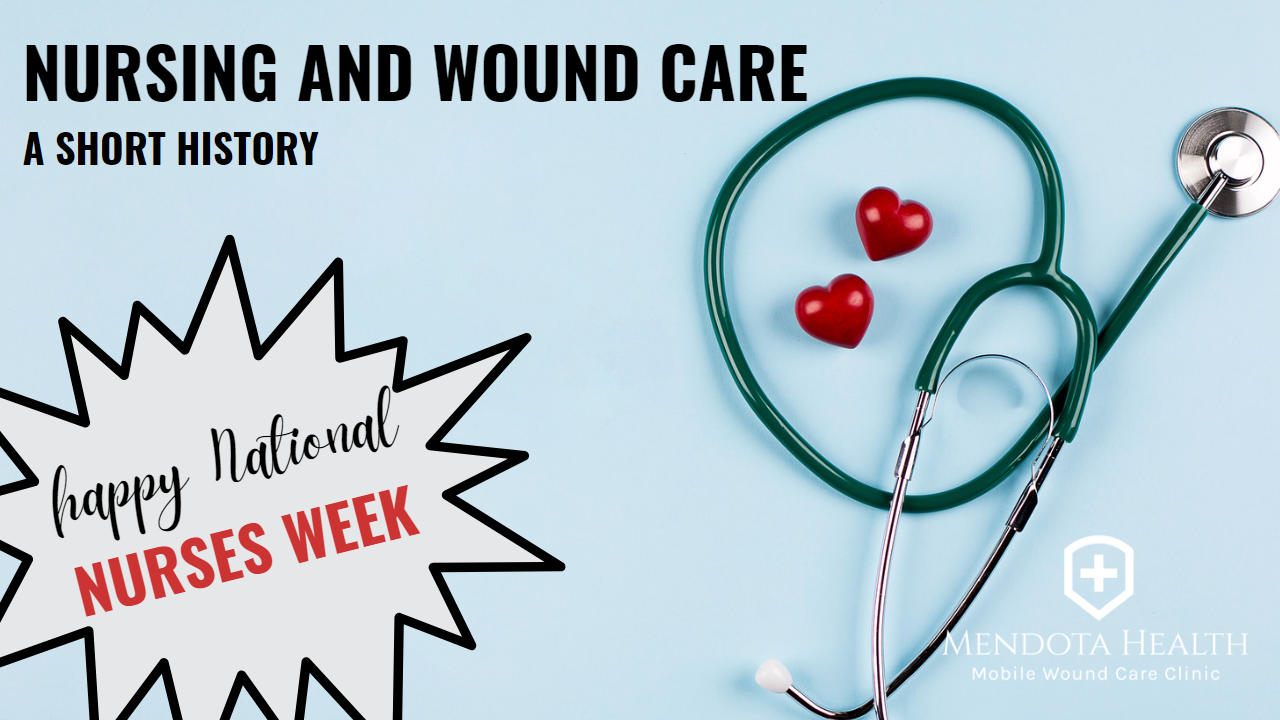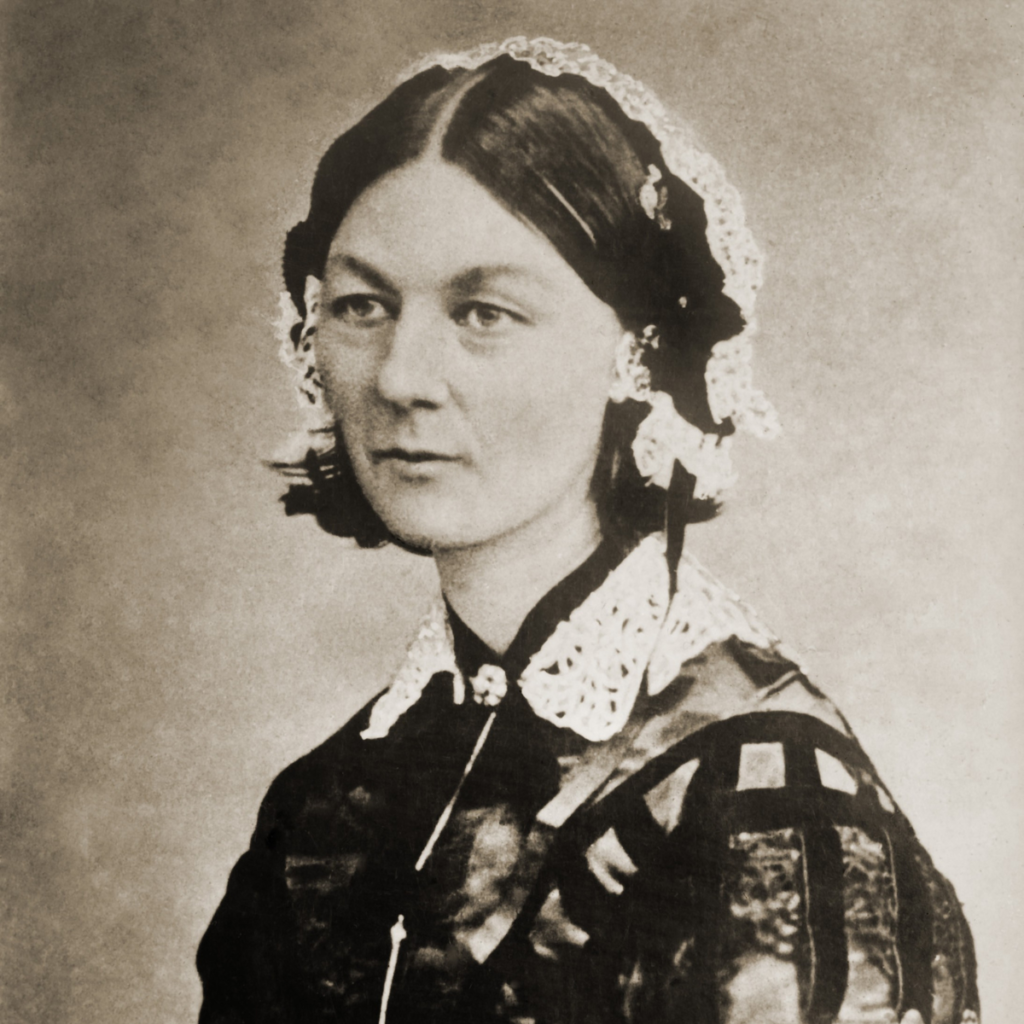
07 May Nursing and Wound Care: A Short History
Nursing Origins
Nursing has a long and fascinating history that spans centuries, including wound care. In ancient times, women were often responsible for the care of the sick and injured, providing basic medical care and comfort to those in need. Over time, nursing became associated with religious orders, particularly the Christian church, and nuns and monks provided care for the sick and infirm.
During the Middle Ages, wound care became a major aspect of nursing. Nuns and monks provided care for the wounded and ill, often using herbal remedies and other natural treatments. In the 19th century, nursing evolved into a more formalized profession, and wound care became a specialized area of expertise.
Florence Nightingale, often referred to as the founder of modern nursing, made significant contributions to the field of wound care through her pioneering work during the Crimean War and her emphasis on hygiene, wound care, and observation. Her innovative approach to nursing and wound care laid the foundation for modern wound care practices, and her principles continue to influence wound care nursing today.
During the Crimean War in the mid-19th century, Florence Nightingale and her team of nurses were faced with appalling conditions in the military hospitals where wounded soldiers were treated. The death rate among wounded soldiers was alarmingly high, and Nightingale recognized that the unsanitary conditions in the hospitals were contributing to the high mortality rate. She implemented strict hygiene practices, including regular handwashing, keeping the hospital clean and well-ventilated, and separating patients with infectious diseases from those who were not infected.
early wound care
One of the key areas of Nightingale’s focus was wound care. She recognized the importance of proper wound care in preventing infection and promoting healing. She emphasized the need for clean and dry dressings to keep wounds free from contamination, and she developed techniques for wound debridement, the removal of dead tissue from wounds, to promote healing. Her meticulous approach to wound care was revolutionary at the time and had a significant impact on improving patient outcomes.
She recognized that early detection and management of infections in wounds were crucial in preventing complications and promoting healing. Her keen observation skills and attention to detail helped to shape modern wound care practices, where monitoring and assessment of wounds for signs of infection remain essential components of nursing care.

In addition to her practical contributions to wound care, Nightingale also emphasized the importance of compassion and comfort in nursing practice. She believed that providing emotional support and comfort to patients was just as important as providing medical care. This holistic approach to nursing has influenced wound care practices as well, where wound care nurses often work closely with patients to provide emotional support and education, in addition to administering medical treatments.
Nightingale’s influence on modern wound care is still evident today in many aspects of nursing practice. Wound care nursing has evolved into a specialized field that focuses on the prevention and treatment of wounds, including acute and chronic wounds, burns, and pressure injuries. Wound care nurses work closely with patients to develop individualized treatment plans based on the principles of hygiene, wound care, and observation that Nightingale espoused.
Wound Care Past Informs the Present
In terms of wound care techniques, Nightingale’s emphasis on wound debridement continues to be a standard practice in modern wound care. Wound debridement is the process of removing dead tissue from wounds to promote healing, and it remains a crucial intervention in managing complex wounds. Nightingale’s technique of using clean and dry dressings to keep wounds free from contamination is also a cornerstone of modern wound care practice. Clean and dry dressings help to create an optimal environment for wound healing and prevent infection, just as Nightingale had recognized during the Crimean War.
Nightingale’s principles of observation and monitoring for signs of infection in wounds also continue to be integral to modern wound care nursing. Wound care nurses carefully assess wounds for signs of infection, such as increased redness, swelling, warmth, and drainage, and initiate appropriate interventions to prevent further complications.
Healing a Diabetic Foot Ulcer
Florence Nightingale’s Legacy Lives On
Furthermore, Nightingale’s legacy continues to be celebrated through National Nurses Week, which is observed annually from May 6th to May 12th. This week-long celebration honors the contributions and impact of nurses around the world, including the lasting impact of Florence Nightingale on the nursing profession. During National Nurses Week, events and activities are held to recognize and celebrate the important work of nurses in various fields, including wound care nursing.
Florence Nightingale’s influence on modern wound care nursing cannot be overstated. Her innovative approach to nursing and wound care, emphasizing the importance of hygiene, wound care, and observation, laid the foundation for modern wound care practices. Her principles of wound care, such as wound debridement and the use of clean and dry dressings, continue to be standard practices in modern wound care. Furthermore, her emphasis on compassion and comfort in nursing practice continues to shape the holistic approach to wound care nursing. As we celebrate National Nurses Week, we recognize the impact of Florence Nightingale’s legacy on the nursing profession and the lasting influence she has had on modern wound care practices.

